Hallo again! By the time many of you read this I will be on a plane headed for NYC to attend the Starz Mid-Season Premier of Outlander on April 1! I am so excited and deeply grateful to be attending this amazing event! Hope to see some of you there!
Once again, we are wedding guests looking at lots of applied anatomy from the 2nd half of Starz episode 7, The Wedding. We start with another short Anatomy Lesson #18: Tensor Fasciae Latae.
After Lesson #18 it’s Q&A time because today is our midterm practical exam! Pssst. We will score it but don’t fash, no one is keeping track! So, pull out quill and paper. You will grade your exam on the honor system: open book, score your own paper AND it’s graded on a curve! You can check back to any Anatomy Lesson or elsewhere to find an answer. When you get an answer right, you will receive a wee Scottish badge. Oh, and just so you ken, a few gratuitous images have no Q or A; these are thrown in to keep us all wide AWAKE!
The questions in our practical exam will once again follow the sequence of anatomical structures as they appear in Starz episode 107, The Wedding; all but two images are from this episode.
Sort of Spoiler Alert: Included is a hint of a spoiler so before it comes up, there is a warning so you can skip if you choose. Watch for it!
Now for tensor fasciae later: you may recall from Anatomy Lesson #7 that anatomists divide the lower limb into thigh and leg: thigh is between hip and knee joints and leg is between knee and ankle joints. That lesson also revealed that thigh muscles are wrapped in the fascia lata (Photo A), a strong connective tissue stocking that blends with connective tissue overlying gluteus maximus (Photo A – red arrow) and leg (Photo A – blue arrow).
Photo A
At the side of the thigh, fascia lata is markedly thickened as the iliotibial (IT) tract or IT band which extends from ASIS and iliac crest (Anatomy Lesson #16) to tibia (Anatomy Lesson # 9).
Photo B
Now for the muscle of the day: tensor fasciae later (TFL). TFL arises from iliac crest and ASIS (Anatomy Lesson #7) and ends below the hip joint by inserting into the IT band (Photo C). TFL and Gluteus maximus (Anatomy Lesson #1) fibers also attach to the IT band along a shared boundary (Photo C – green arrow). TFL is an unsung hero muscle that gets little attention unless injured or overly tight. It is strengthened along with other hip muscles because it has several actions: as the name implies it places tension on the fascia lata. But, it also helps flex, abduct (move away from body) and medially rotate (turn inward) the thigh. But more importantly, it helps keep the pelvis level while standing, walking, or running. Runners especially should thoroughly stretch TFL after exercise to keep it supple and lengthened. An online search for TFL stretches yields some excellent options.
Photo C
Would you like to see a great example of the TFL? No surprise but Jamie is our model yet again! Aye, the man has an extraordinarily well-developed TFL (red arrow) extending from iliac crest (yellow arrow) above to just below the hip joint (blue arrow); the long groove (green arrow – color coded to match Photo C) is the IT band shared between TFL and gluteus maximus. As an anatomist, I’m AM duly impressed because this muscle is often overlooked in both identification and development! It is strengthened by leg presses and exercises such as running and climbing. Whew! Every one start breathing now…in 2, 3, 4, – out 2, 3, 4…..
Now where did we leave off in The Wedding, Part One? Ah yes, Jamie is busy trying to woo Claire by telling her that her hair is a real turn-on. Aye, he loves those curls. To prove it, here’s quote from Herself’s own quill (Outlander book):
“You’ve the loveliest hair,” said Jamie, watching me. “What? This? ” …“But it’s so … curly,” I said, blushing a little. “Aye, of course.” He looked surprised. “I heard one of Dougal’s girls say to a friend at the Castle that it would take three hours with the hot tongs to make hers look like that. She said she’d like to scratch your eyes out for looking like that and not lifting a hand to do so.”
So we return to the story line where we left off during practice practical (Anatomy Lesson #17) so let’s start the Q & A for our midterm exam. Aye, this one is for credit so do your very best!
Claire puts the kibosh on Jamie’s courting by commenting on his new kilt – a true Fraser- treasure! He squats down to pick up his Fraser colors and more story-telling ensues.
Q # 1: Name the taut structure at the side of Jamie’s left leg. (Anatomy Lesson #7)
A # 1: IT (iliotibial) band or tract. Right as rain. Pocket Jamie for you!
Jamie then recounts Murtagh Fitzgibbons Fraser’s role in collecting his wedding clothes. I LOVE this scene between Jamie and his faithful godfather because Murtagh always has Jamie’s back! Plus, he is verra fond of Claire: he rescued her from BJR and he actually talks to her while assiduously avoiding every other woman on the planet.
“What do you make of her” asks Jamie – “Mistress Beauchamp?” Murtagh takes pity on him saying “your mother had the sweetest smile. Warm a man all the way to the backbone. Claire’s smile is just as sweet.” Awww, it made my heart melt. Murtagh’s own smile is just as sweet as he polishes Jamie’s brooch. His beard is full and heavy; made of terminal hairs ye ken – a secondary sex characteristic in men.
Q #2: What hormone causes Murtagh’s beard growth? (Anatomy Lesson #6)
A #2: Testosterone (androgen is OK too). Excellent! A bearded Scottish thistle for you!
Then another two days of storytelling as Jamie recounts his cat-and-mouse wedding game with his ever-lovin’ Uncle Dougal. Uncle D was in such a hurry, but Jamie slowed him down with three conditions which Dougal eagerly supported with “Christ, it would be easier to kill you both!” The conditions are: 1) marriage in a kirk by a priest suffering with an 18th century rhinovirus; 2) a ring made from sporran litter (not really) ; 3) and a nice ill-repute dress for Claire. Herself writes about Claire’s dress in Outlander:
Ned was carrying the dress in question, hanging from one hand like a dead animal. Smoothed out on the bed, it proved to be a low- necked gown ………..The innkeeper was half- buried in the petticoats he carried, his bristling whiskers barely visible over the foamy layers.
Ned got her dress from a what-house? Claire accuses Jamie of telling a big old whopper, but he says no way, Jose … I’m telling you the truth, the whole truth and nothing but the truth! Ned was ‘grinning like a taw-tailed dog” beaming about his visit to the pleasure palace. That Ned is an 18th century stealth drone!
Q # 3: Name the muscle at the outside of Jamie’s thigh. (Anatomy Lesson #7)
A #3: Vastus lateralis. Oh, aye, it’s grand! Here’s a set of bagpipes for ye.
Although Claire is fair saturated in whisky, Jamie remembers “every moment – every second” of sun-drenched Claire in her beautiful wedding dress! And we ken why; a low-necked wedding dress indeed! Geez, if that amazing gown plunged any lower, we might be staring at Claire’s navel! But, she looks fantastic and her ever-gallant betrothed bows to his bride of astonishing beauty: “Your servant, Madam.”
A wee aside here: truth be told Jamie isna always a gallant gentleman. See what I mean (Starz episode 101, Sassenach)? He shoves her off the saddle! Help! She’s going over!
Back to our story…Dougal gets mighty bored and annoyed with their I-don’t-know-your-name chit-chat: “Well, if you two are quite finished let’s get on with it.” Geez Uncle D., give them a break. You are fiercely determined that Jamie marries an English woman so he canna become laird of clan MacKenzie and that Claire doesna spill the beans about Jacobite fund raising. At least let the lass hear her groom’s name before she swears her vows!
Q # 4: Name the muscle lifting Dougal’s eyebrows and wrinkling his forehead skin (Anatomy Lesson #11)
A #4: Frontalis. Good! Have a wee statue of Robert Burns, Scotland’s national bard.
It’s facetime in kirk and Claire plants three good ones on Jamie. This is a “when-you-kissed-me-like-that” type of kiss; it produces an audible smack and requires a wee bit of suction caused by a verra important mouth muscle. Remember it? You should all get this right as we’ve learnt it over and over and over!
Q # 5: Name the muscle that Jamie and Claire use to pucker up for this kiss. (Anatomy Lesson #14)
A #5: Orbicularis oris. Wow! You get a unicorn, the national animal of Scotland.
Next, as part of a blood vow, Dougal cuts Claire across the palmar surface of her wrist. Wow, Big D that’s a major slash; it’s going to leave a deep line across the base of her wrist! Mayhap ye feel a wee bit jealous?
“Blood of my blood, bone of my bone” … Sniff, my tears are pooling on the floor. Truly!
Q # 6: Yes or no. Did Dougal’s wrist slash cut Claire’s cephalic vein? (Anatomy Lesson #17)
A #6: No. The cephalic vein is on the sides of forearm and arm. The flag of Scotland for ye that got the correct answer!
Next Jamie recalls every moment – every second of the ceremony, which touches Claire’s heart. In thanks, she tells him to get his behind off that couch and take off his shirt. Huh? Jamie narrows his eyes: Ye want me to do whaaaat?
Q # 7: Name the muscles narrowing Jamie’s eyelids. (Anatomy Lesson #11)
A #7: Orbicularis oculi. Ye earned a shaggy highland coo!
She wants to look at you Jamie and he is most obliging: well why didn’t you say so in the first place? Soon, Claire’s doing a 360° scoping him from hither to thither: She likes what she sees to be sure. If ye didna notice during the 10nth times ye watched this episode go back and take another look see: Jamie clenches his fist as Claire slowly waltzes around him. It takes him a few to relax that tight grip under her land grant survey. I’m thinking it might be tough to stand naked and still while someone you want to like you does a full inventory of your, ahem, body parts and passions.
Q # 8: Name the muscle under Claire’s left palm and forearm. (Anatomy Lesson #1)
A #8: Gluteus maximus. Aye, it does extend that far to the side. Have a pocket Murtagh!
Hey, sassy-lassie, what are ye looking at? Weel, we ALL looked! It’s even been on the back of a bus (think that was photoshopped)!
Q # 9: Name red region of Jamie’s lips. (Anatomy Lesson #14)
A #9: Vermillion zone (vermillion border is OK). You get the MacKenzie war chief!
Claire is so overwhelmed with the beauty of her gallant gent that she gently touches her nose to his back. She says to herself to herself says she: “I am NOT leaving this for hot running H20!”
Q # 10: Name the very powerful muscle in Jamie’s neck (Anatomy Lesson #12)
A #10: Sternocleidomastoid (SCM). If ye got it right how about a Scottish pillow to rest your weary heid after all that studying?
Okay, now fair’s fair, fair-Claire. Take off yours too! Jamie isn’t going to let you get away with ogling his beautiful bod and you not doing the same for him! Even-Stephen.
Q #11: Name the bony points of Jamie’s shoulders. (Anatomy Lesson #2 and Anatomy Lesson #3)
A #11: Acromions (points of shoulder). Wonder if JAMMF knows where his are? Here, have a dram! Whew, ye earned it!
Claire slowly and delicately (aye, the lass enjoys doing a strip-tease) unties the neckline of her shift. That Jamie, he don’t say nothing to nobody.
Q #12: Name the part of Jamie’s spine at the tip of the red arrow. (Anatomy Lesson #10)
A #12: Sacrum. Here’s a sassy Rupert for answering correctly.
Now time to put on my nit-pick hat: a wee comment about the whip lash scars shown in the image above. The lashes administered at Fort William (Starz episode #106, The Garrison Commander) didn’t descend below the level of Jamie’s kilt but this prosthesis surely does! I don’t want to quibble (well, mayhap I do) but during that scene Jamie’s kilt rides just below his navel (L3-L4 IV disc – green dashed line) but this prosthesis extends to about S4 level (yellow dashed line). Also, the scars would not cover the sacrum without also including the buttock skin; BJR wasn’t that skillful with his whip. Darn! This creates internal strife that keeps me awake at night and believe me, I need my beauty rest!
Okay, moving onward…Claire’s making progress on that ribbon but not fast enough for Jamie. Patience man!
Q #13: Name the midline bone in Jamie’s chest. (Anatomy Lesson #15)
A #13: Sternum (breast bone) Rah, Rah! Ye get your own Scottish Deerhound (loyal to the bone)!
Well, now, will ye look at that! Ever the fashion plate, Claire wears the latest in 19th century undergarments. Marketed as the Convallaria majalis French corset, it is sold only at Victorious Secret, a new lingerie shop in Inverness. Order yours online. Careful though, it is poisonous! Claire’s torso is sinuous and her beautiful belly is flat and taut.
Q #14: Name the midline groove of Claire’s belly. (Anatomy Lesson #16)
A #14: Linea alba. Yessss; you win half a French corset (hey, at least it’s not made outta thistle)!
Then things start moving at warp speed: Beam me up Scottie! Jamie picks Claire up, she winds her legs around his torso and he sits them down on that yummy pelt comforter! He hugs her close and…
Spoiler alert!
Weel, sort-of-Spoiler Alert: The next image mentions a structure that may appear in future episodes. If you don’t want to read about it, best skip over the next paragraph and image.
Oh, you decided to stay after all? Well then, follow the red arrows and take a close look at Claire’s left arm. Look closely now…closer. What do you see? Aha! It’s Claire’s smallpox scar proving she came from the 20th century. None of the Highlanders ken the scar or its meaning, but we do! Jamie, he’s paying no mind to that dinky little skin spot!
Continuing with the same theme, Jamie has his hands all over Claire’s skin. Well, Mrs. Fitz did say that with skin as fair as hers, Claire’s next hubby would be a lucky man (Starz episode 103, The Gathering). She straddles him with her thighs but – whistle and shout- it’s her (lower) leg I ask ye to consider. Recall the leg has two bones?
Q #15: Name one bone of Claire’s leg (Anatomy Lesson #9)
A #15: Tibia or fibula. Here’s your very own pocket Claire! Everyone needs a wee winsome Beaton!
Next, Jamie flips Claire over and gives her some well-deserved TLC! Yep, he finally makes it to home base. Claire, Jamie didna know that no woman could…well, could! Jamie, Claire had no idea this talented lad could…well, could! Aye, he’s a quick learner. Herself describes IT well in Outlander:
“I do not know if it will help, he said, quietly, but I will tell you this: it is a gift and a wonder to me, to know that I can please you – that your body can rouse to mine. I hadna thought of such a thing-beforehand.”
Aye, Jamie, there’s one steep learning curve in front of you – Claire has more secrets to teach you but we ken you are (throat clearing) up to the challenge!
Q #16: Name the vein at the red arrows (Anatomy Lesson #17).
A #16: Cephalic vein. Righto! Have a feisty Highlander and his glass of Spanish port!
The new DVDs from the first half of Starz Outlander season 1 feature a deleted wedding scene where in the sneezing priest tells Claire she must vow “to be meek and obedient in bed…” Ah….HUH? Obviously this naive man of the cloth hasn’t a clue about our Claire! Her gallant almost-hubby is a bit bemused himself! But the lass is appalled by such a barbaric notion! Her face glows with a thunderous expression as this outlandish idea echoes through her grey matter. Prompted again, she mutinously mutters the vow (It’s true: older Christian vows did include this statement. Look it up.). Verra soon Claire will break this promise, too! Take a wee keek at the next picture to see if Claire is meek and obedient in bed!
Herself explains it best in Outlander:
You are not going to hurt me,” I said impatiently. “And if you did, I wouldn’t mind.” Seeing puzzled incomprehension on his face, I decided to show him what I meant. “What are you doing?” he asked, shocked. “Just what it looks like. Hold still.” After a few moments, I began to use my teeth … ”Did I hurt you?” I asked “Yes. A little.” He sounded half-strangled. Do you want me to stop? “No!”
NO! NO! NO! J.H.R.C., don’t stop now!
Aye, she teaches him a few things that makes him one Happy Highlander. Like Mrs. Fitz, that Claire is.a.wonder!
Q #17: Teeth enamel is derived from what body organ? (Anatomy Lesson #5)
A #17: Skin (or mouth mucosa). The largest organ of the body! Have a couple of sign dubhs (to pick your teeth with).
Endorphins swirling through his cephalic veins, Jamie falls asleep in, oh, two nanoseconds: the lad smiles in his sleep, a sure sign he’s happy.
Q #18: Name the facial bone at the tip of the arrow. (Anatomy Lesson #8)
A #18: Zygomatic bone/arch (cheek bone). That was a difficult one. Here’s Jamie and Donas as yer reward!
Leaving her lovey hubby snoozing away, Claire zips downstairs for water. Mayhap a wee bit too much alcohol – she’s dehydrated! As Jamie’s sleeps the sleep of the innocent, Dougal swoops into the tap room and comes onto Mrs. Fraser offering her “other” pleasures. Hey! Claire isn’t into you Dougal man! Dinna ye recall what she did at Castle Leoch (Starz episode 104, The Gathering)? Aye, she slapped, kicked and hit you over the head! Get with the program. Buzz off – she hankers no one but her Bonny Beau!
Q #19: Name the pigment that colors Claire’s hair. (Anatomy Lesson #6)
A #19: Melanin (most accurately eumelanin). Excellent! Enjoy this really, superb book!
Rupert has perfect timing. He walks in, takes a gander at Claire and mutters “Jamie may be no experienced but that one looks well-rrrrrrridden.” Puir man he hasna a clue that Doreen-bedding Dougal just made a major lass-pass. Dougal being a totally temperate war chief punches faithful Rupert in the face telling him to git his arse out of there and tend to the horses.
Och, mayhap Rupert had the sight by observing that Clair had been out for a bare-back ride. Her lovely upswept wedding do is utterly destroyed: hair tumbling down over her shoulders and curling madly around her face. Wrapped in her new hubby’s kilt and sporting a magnificent new ring and rosy glow, she looks well-ridden indeed! Saddle up! Whinny and snort!
Do you ken that Claire mused on being ridden by Jamie way back at Castle Leoch (Starz episode 102) as she tended his gunshot wound? Crying for her not-yet-born Frank, Jamie comforts her against his warm broad chest. What did Claire think as Jamie was easing her loss? Weel, no need to guess: Herself tells us in Outlander book:
“My sobs lessened and I began to calm myself, leaning tiredly into the curve of his shoulder. No wonder he was so good with horses, I thought blearily, feeling his fingers rubbing gently behind my ears, listening to the soothing, incomprehensible speech. If I were a horse, I’d let him ride me anywhere.”
And she did! Rupert man, ye are clairvoyant!
Later, Jamie awakens and sees Claire musing before the fire.
Q # 20: Name the horizontal grooves on Jamie’s abdominal skin. (Anatomy Lesson #16)
A #20: Tentinous intersections of rectus abdominis. Have a Scotty dog…no, they’re not in the Outlander books but they’re really cute!
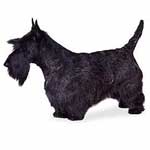
Jamie hones in on Claire like a beacon bringing her his mother’s Scotch pearls. Question #21 is a bonus question! Yesssss, a chance to get extra credit!
Q #21: Name the structure deep to the skin groove at tip of the red arrow. (Anatomy Lesson #16)
A #21: Inguinal ligament. Good work! Here is a reward for “giving us a wee bit of fun”…a regal Scottish stag.
Jamie, you dear, dear man: you really know how to turn a lassie’s head! Claire now that is a string of pearls – not that balderdash you fussed about at the beginning of episode 107 comparing your life with Frank to a string of pearls.
Here’s our last image: the cutest pair of she + he knees I ever kent. But, don’t fash, we will likely return to this episode for future anatomy lessons.
Our own joy ride is over. Darn! Time to grade your papers. How many icons did you get?:
0-5 badges = A
5-10 badges = A+
10-15 badges = A++
15-20 badges = A+++
15-20 badges + bonus = off the charts!
See: You all got at an A or better because we grade on the curve! (Talk about grade inflation.) Thanks for playing along as we suffered through droughtlander and pined away for April 4th! It’s almost here and then a whole new set of episodes for anatomical dissection!
HALLEULJAH, HALLEULJAH, HALLELUJAH, HALLELUJAH ………HAL …..…LE…..…LU…………JAHHHHHH!
A deeply grateful,
Outlander Anatomist
image creds: Starz, Netter’s Atlas of Human Anatomy, 4th ed., www.netalloy.com, www.kevie.co.uk, www.songerconsulting.net, www.johnnyautomatic.com , www.outlanderlife.com, www.pinterest.com, www.openclipart.com, http://wiki.vanessalionel.fr, http://corenominal.org, http://antumdeluge.wordpress.com/, http://maevevella.com ClipartsofLazur URH, Clipartsofanonymous, www.4vector.com, www.wikipedia

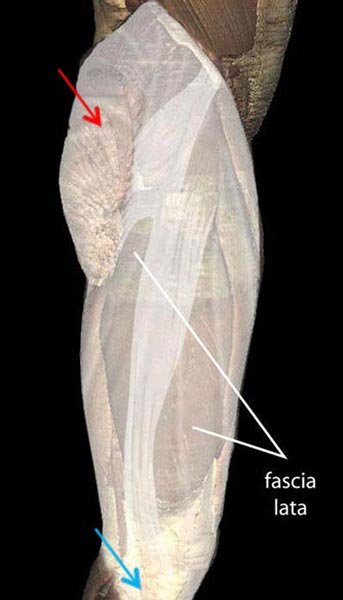
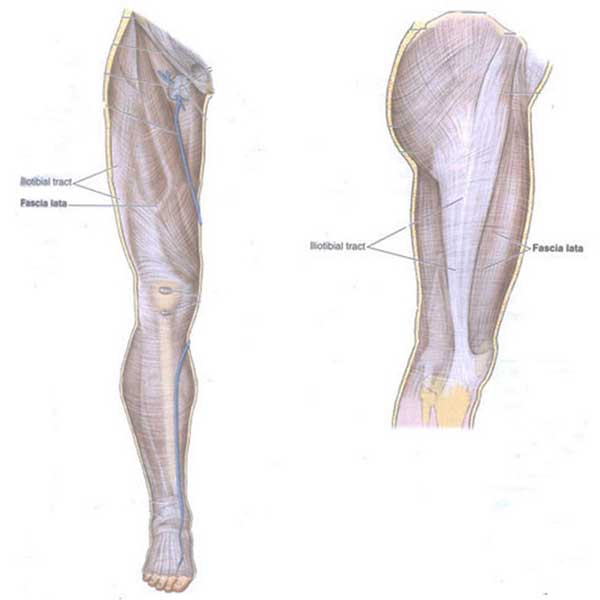
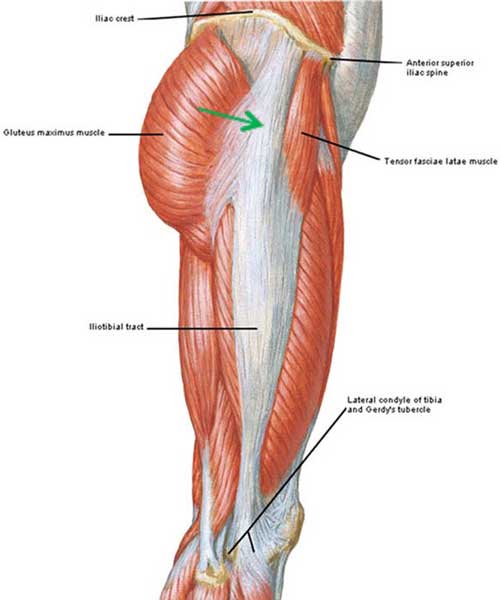
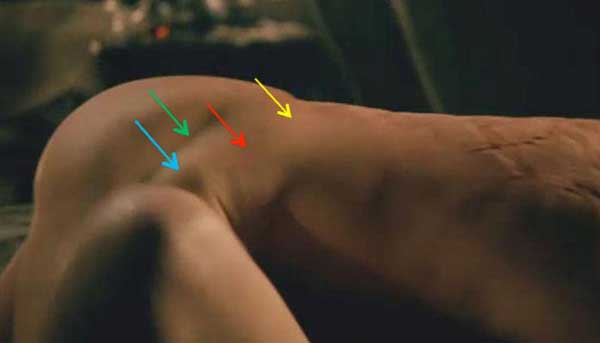
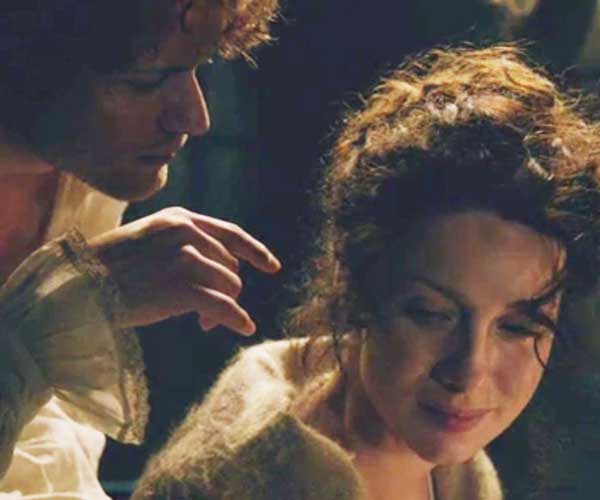
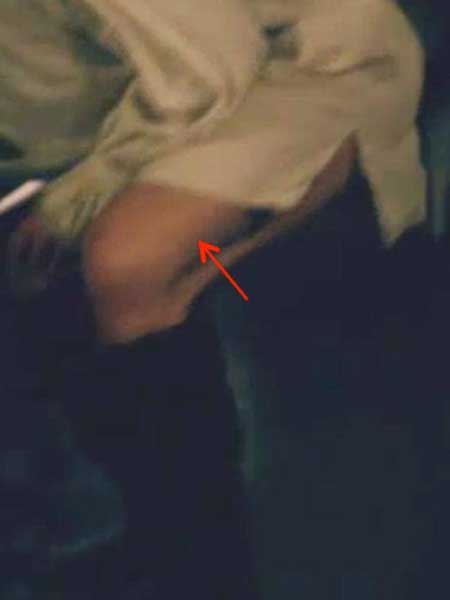

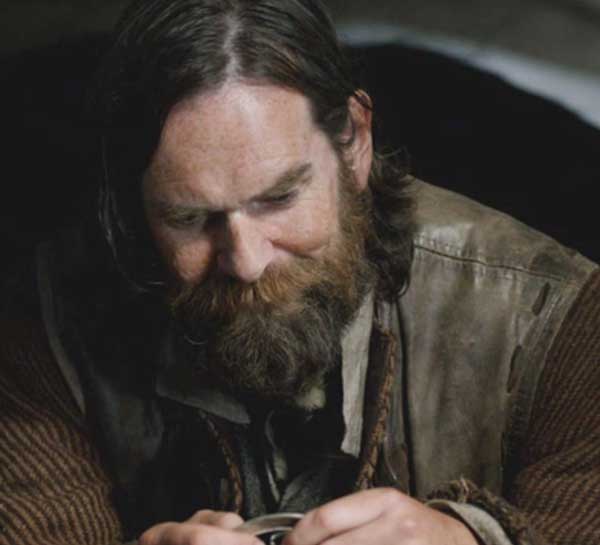

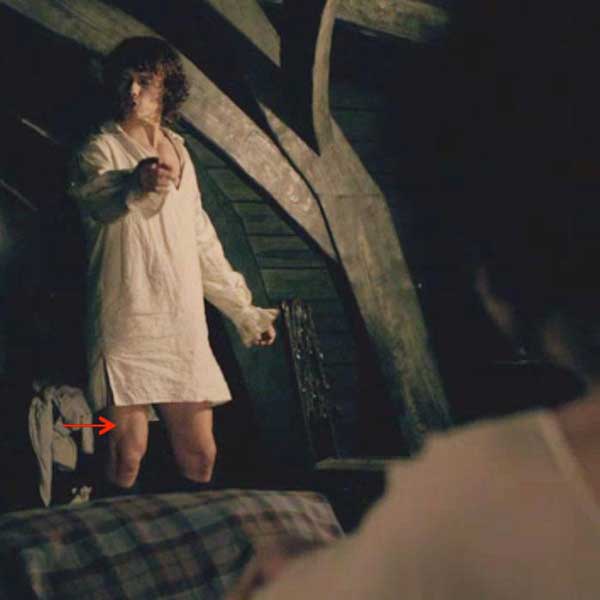
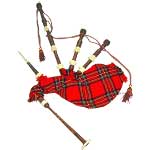
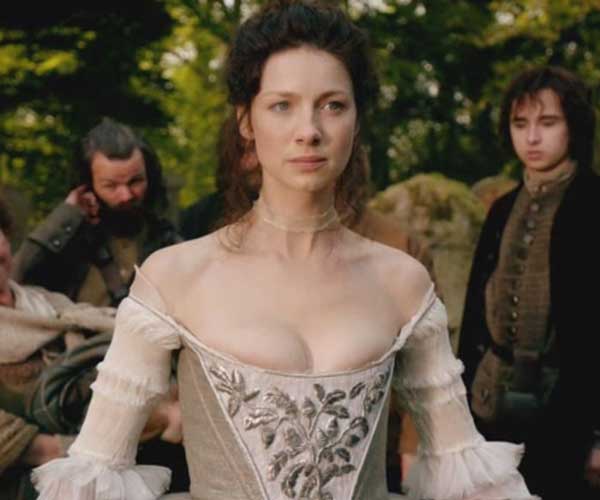
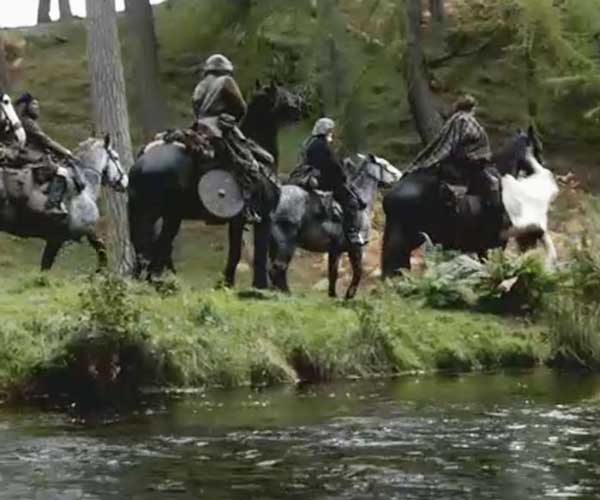
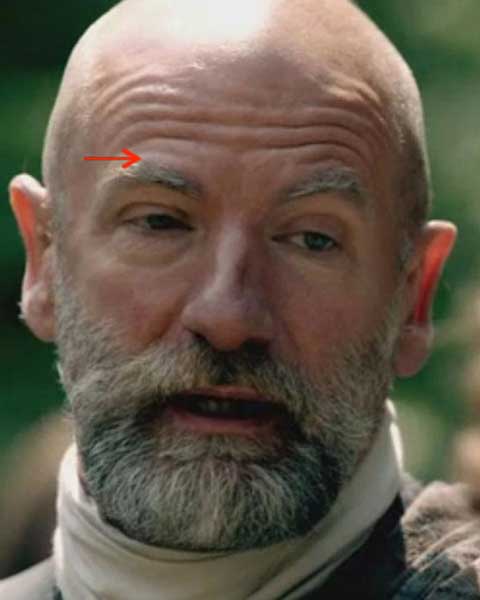

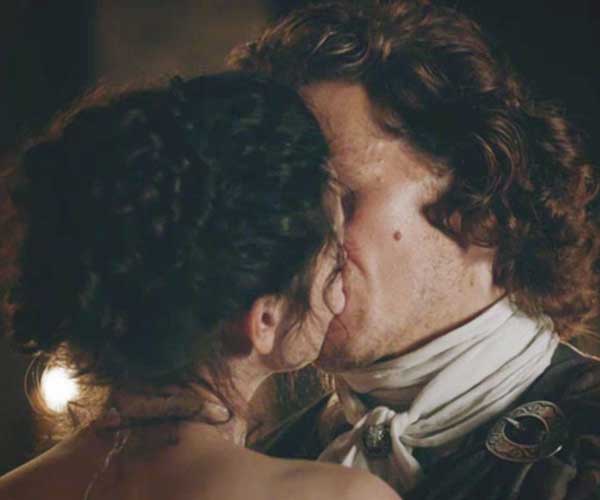
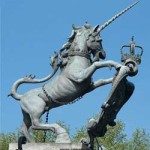
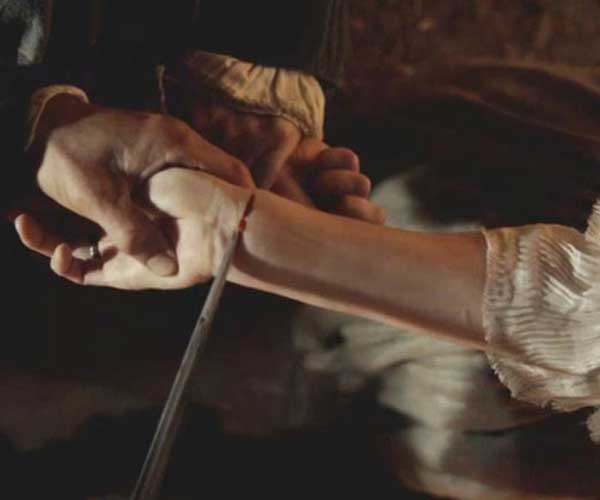

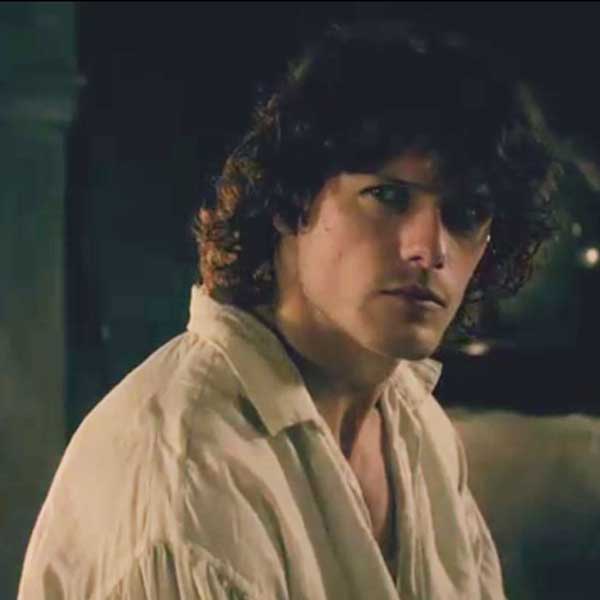
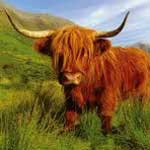
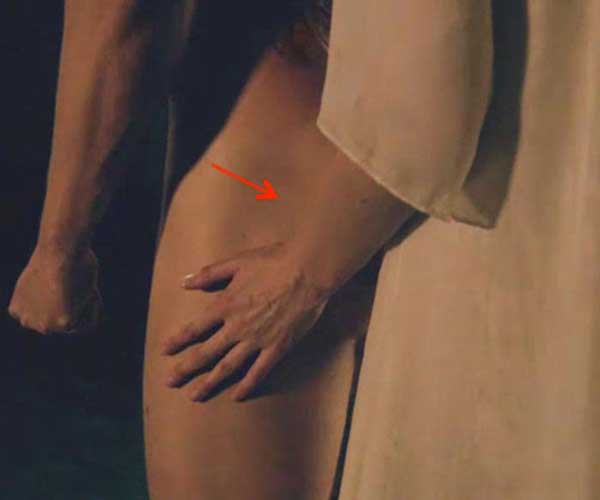

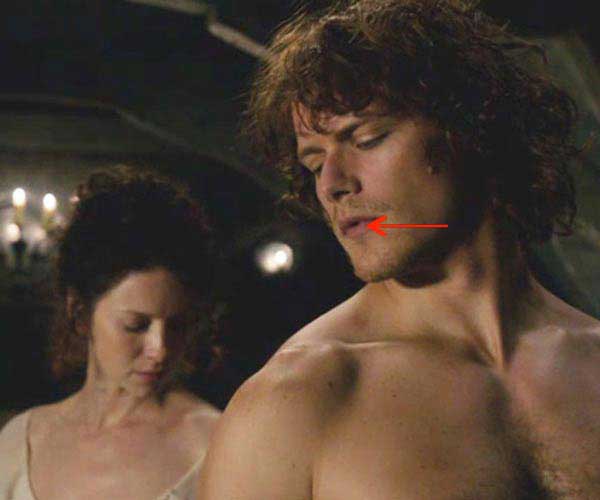

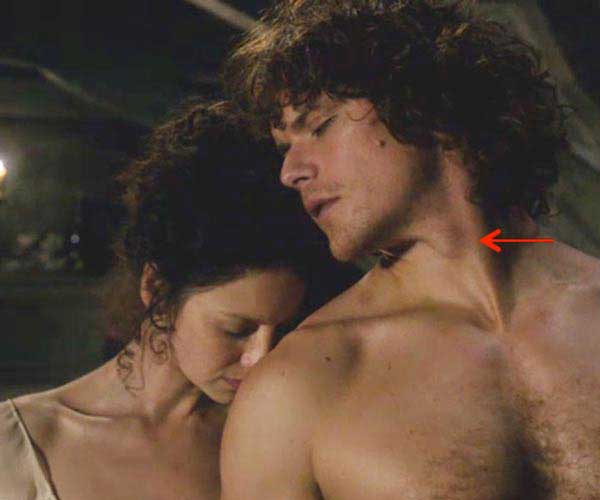
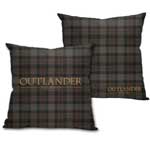
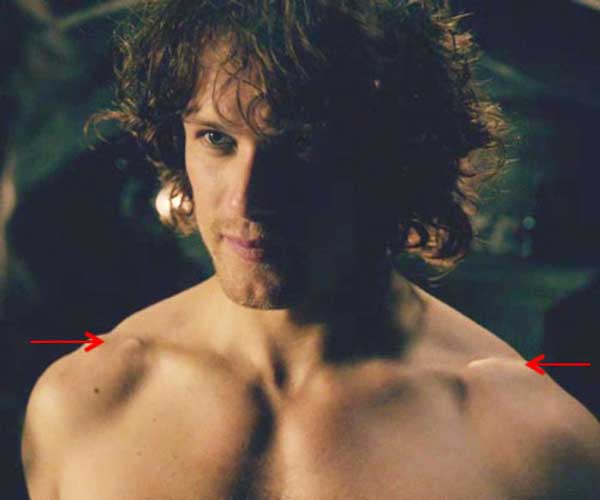
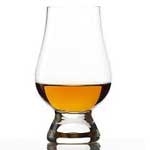
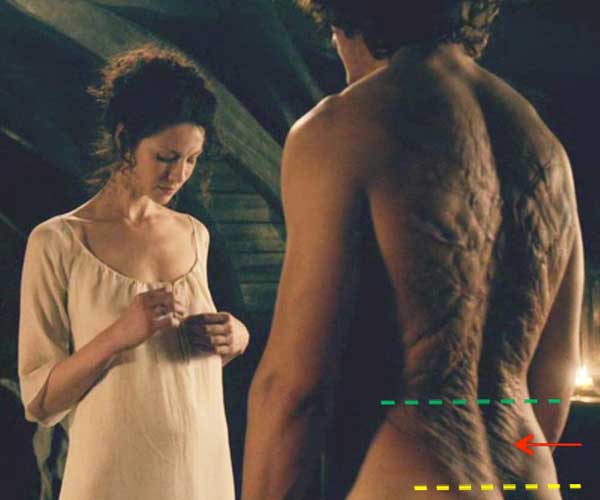

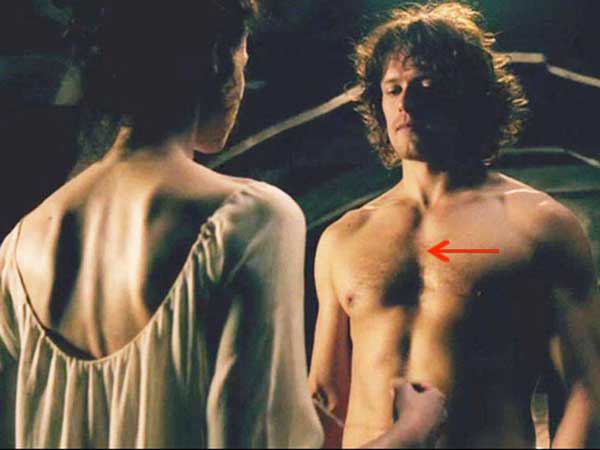
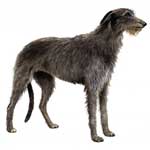
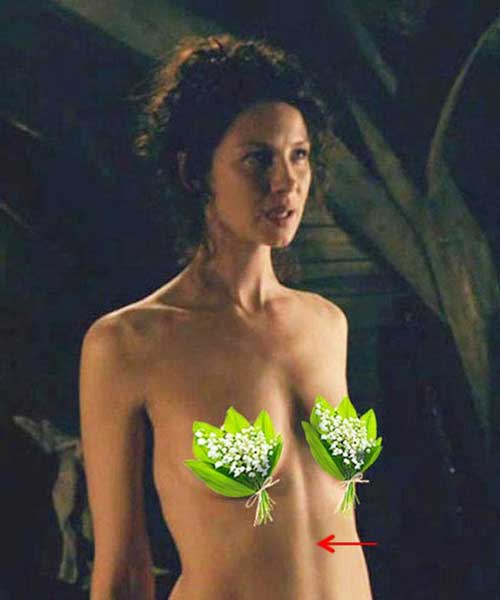
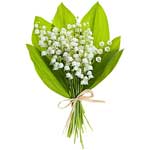
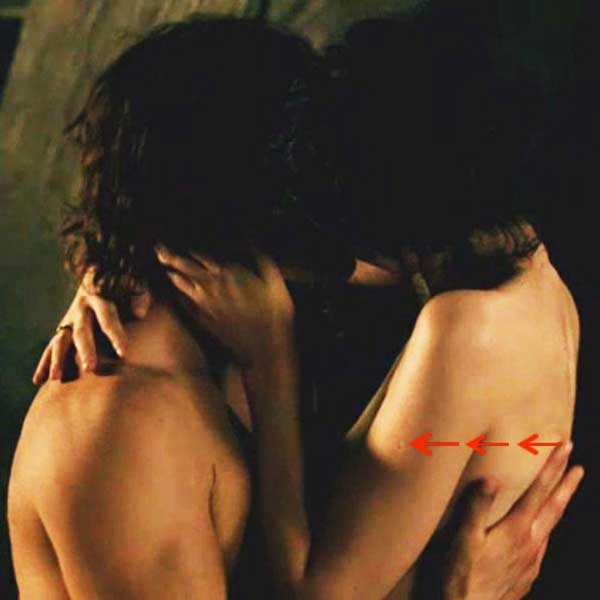
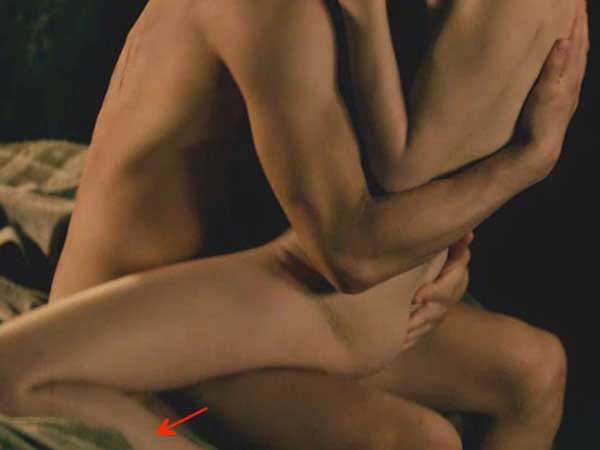

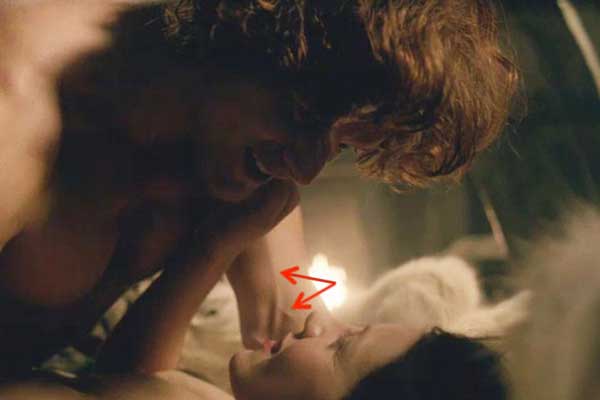

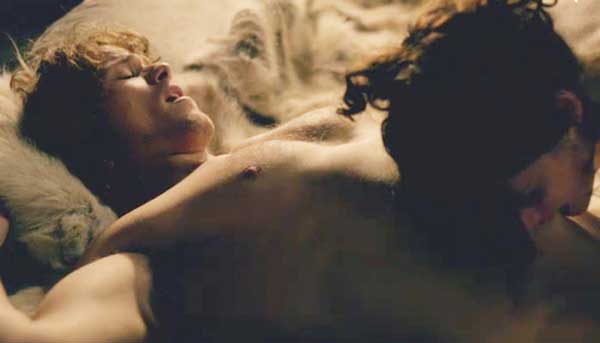
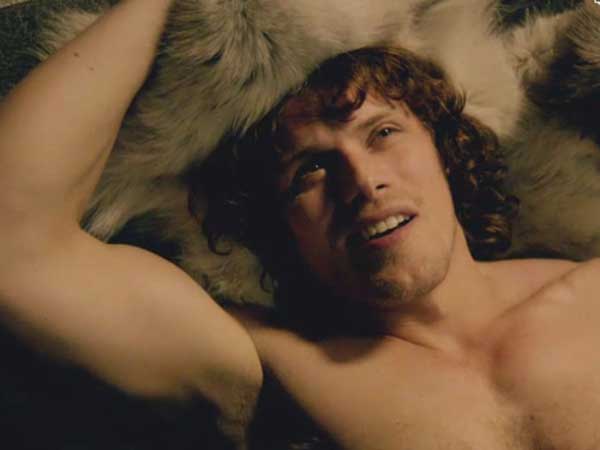

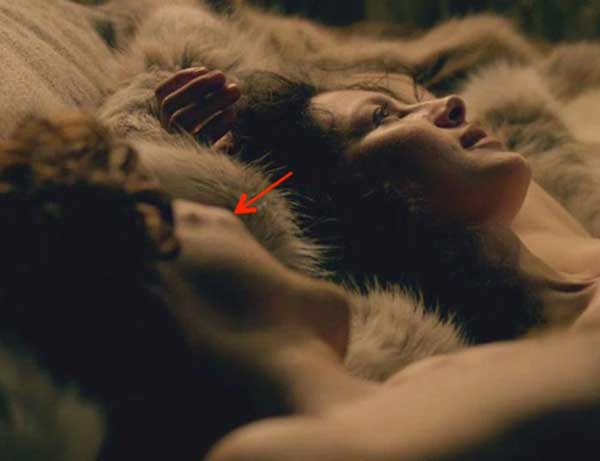

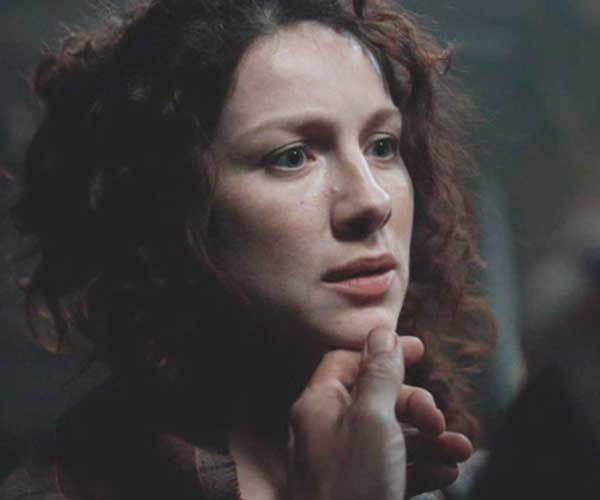

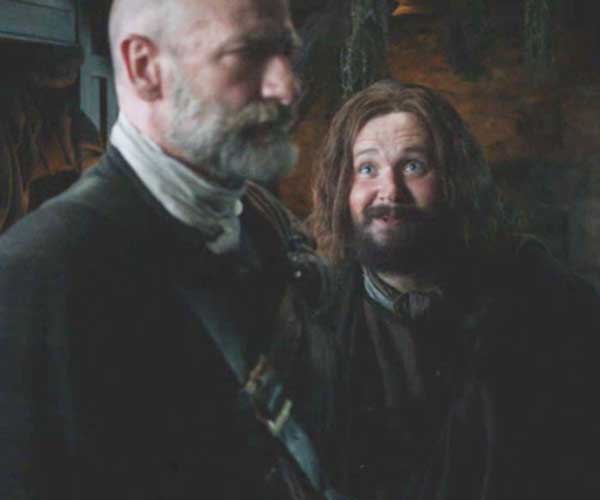
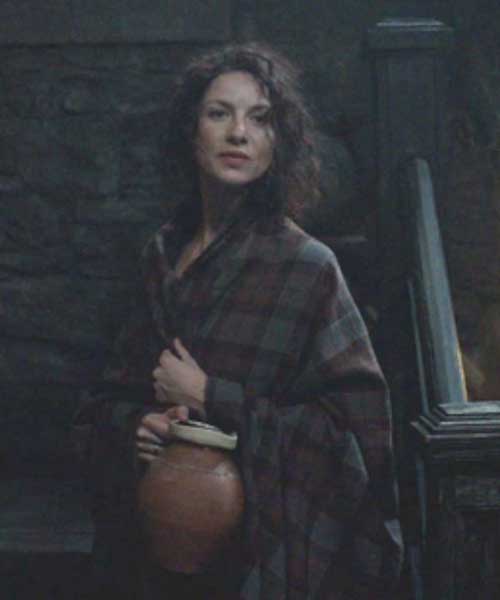
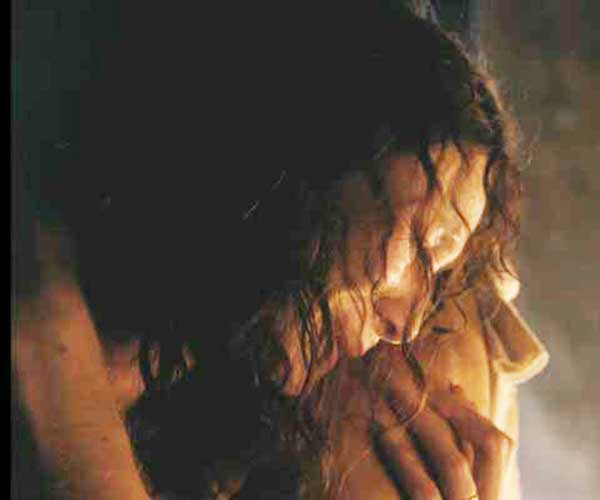
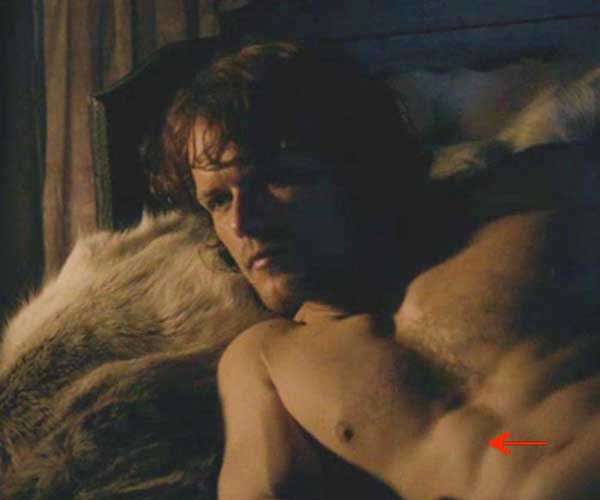
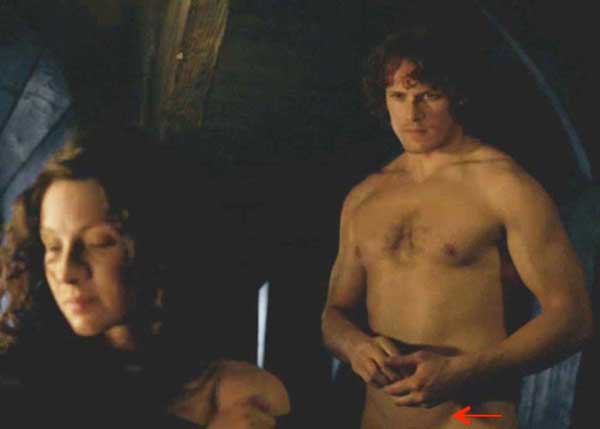

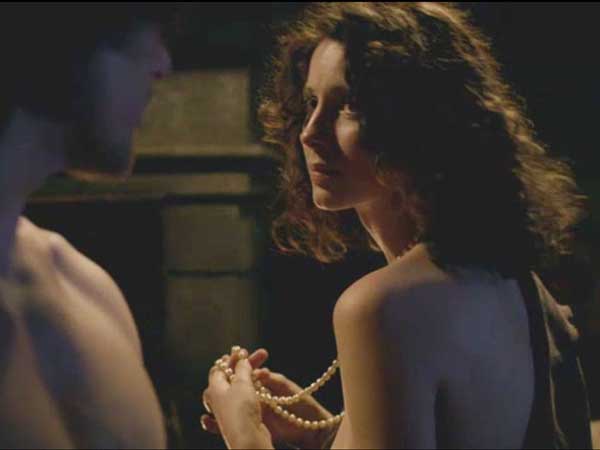
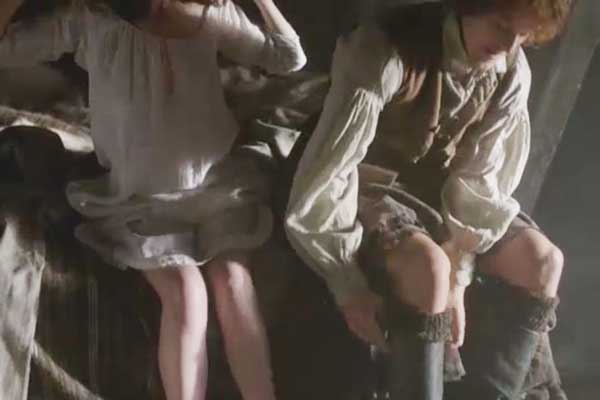
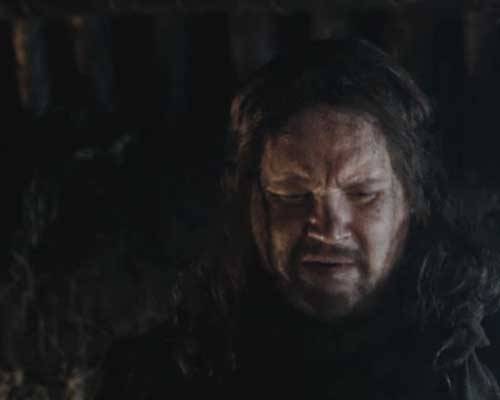
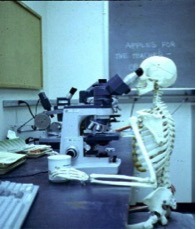
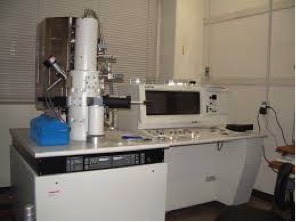
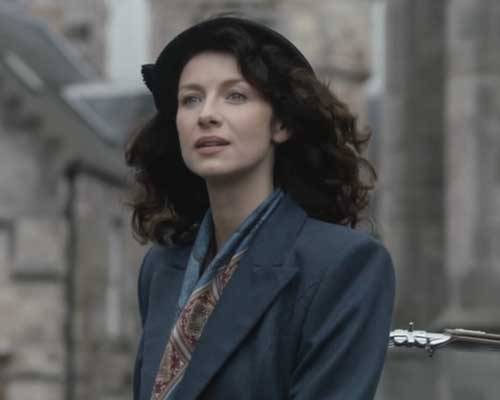
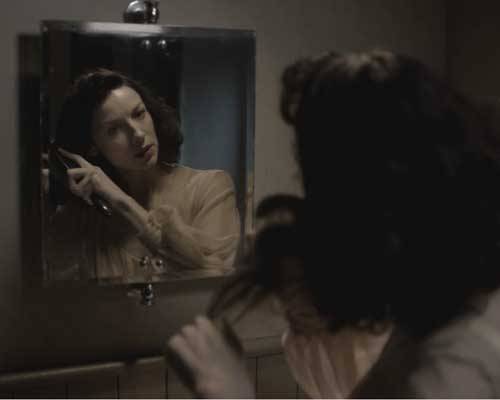
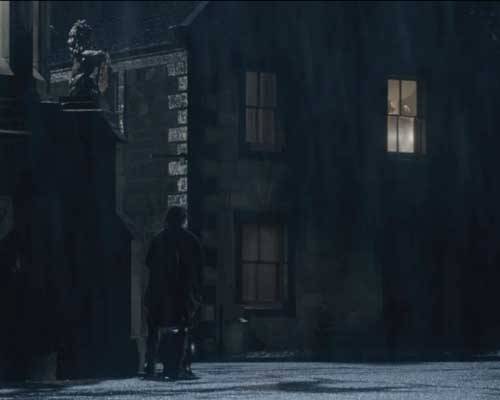
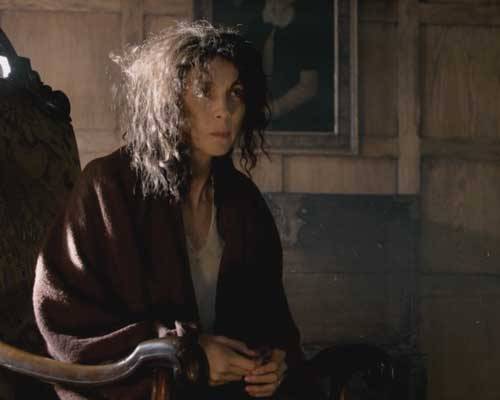
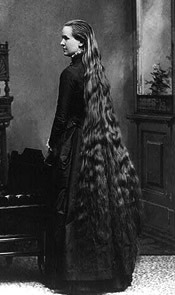
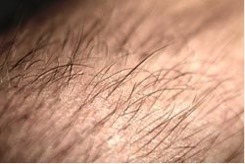
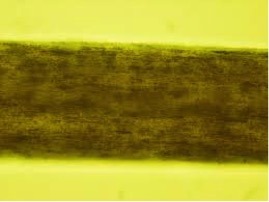
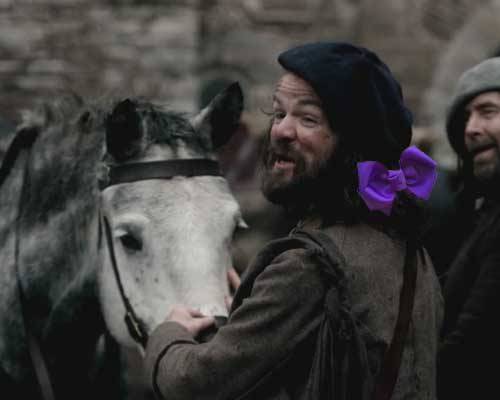
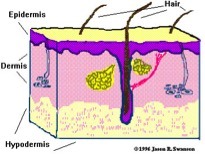
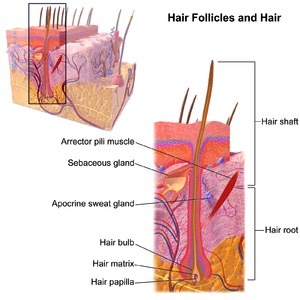
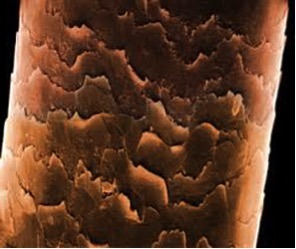
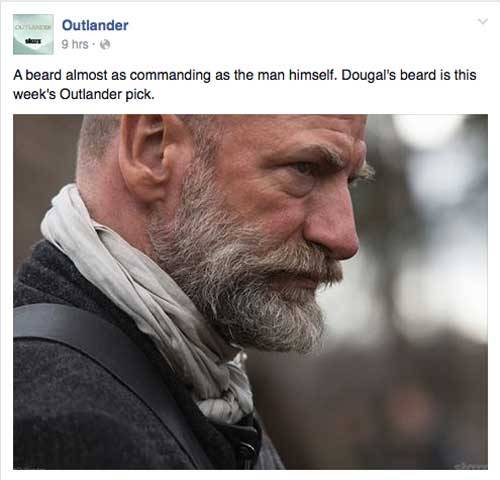
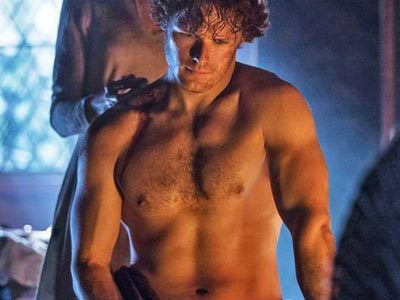
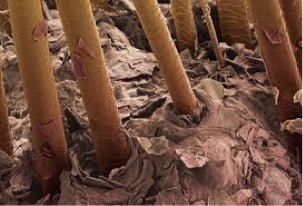
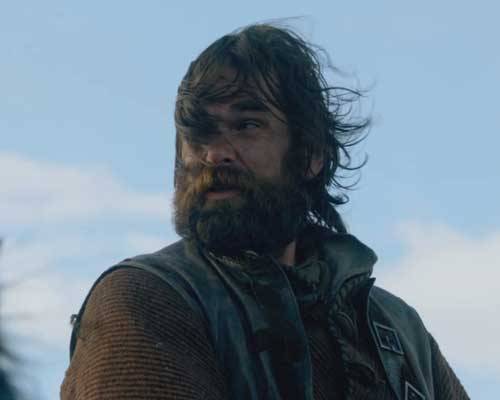
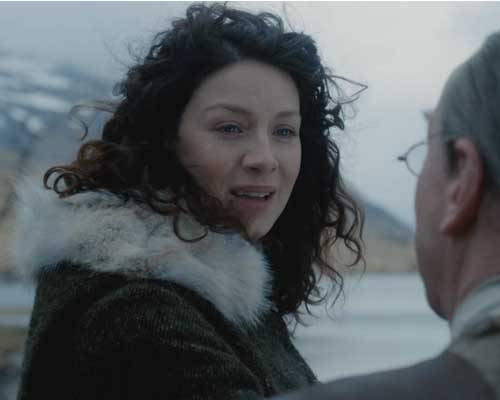
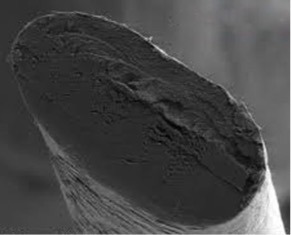
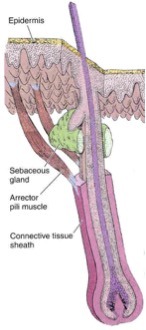
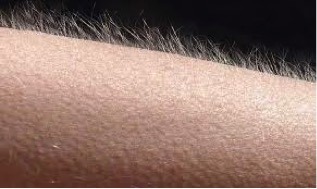
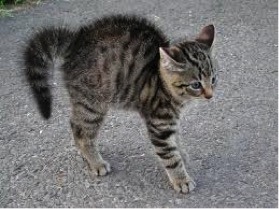
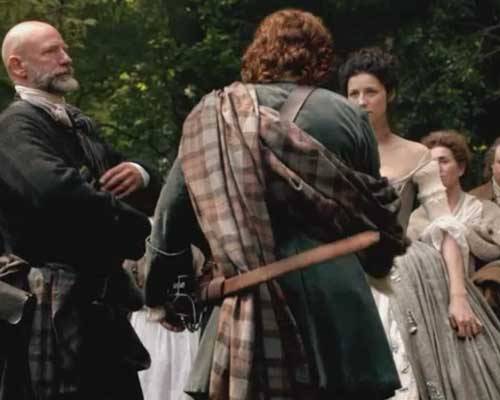
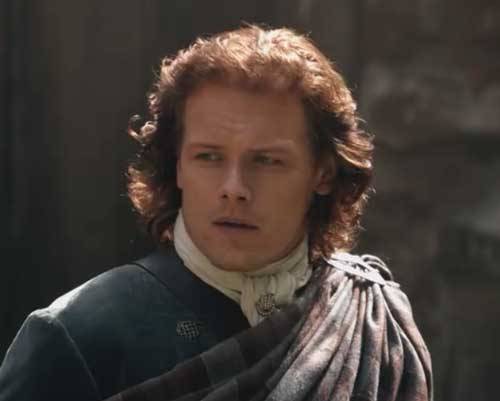
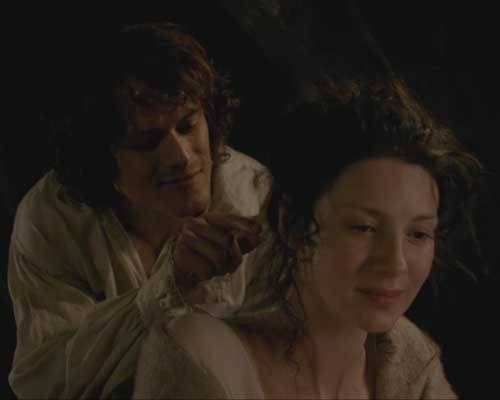
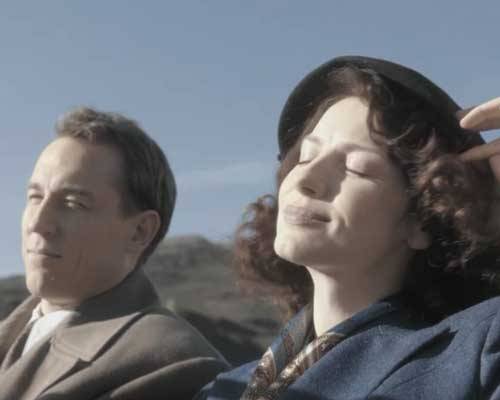
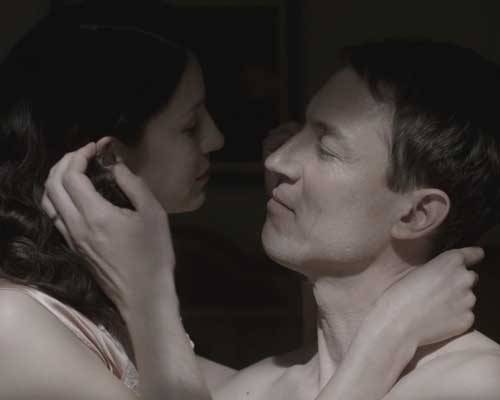
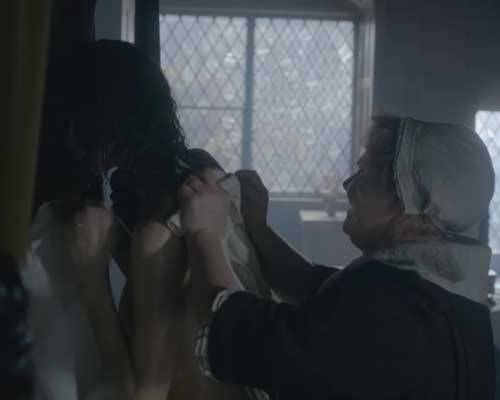
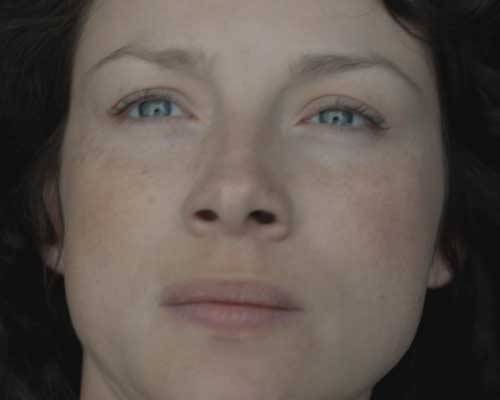
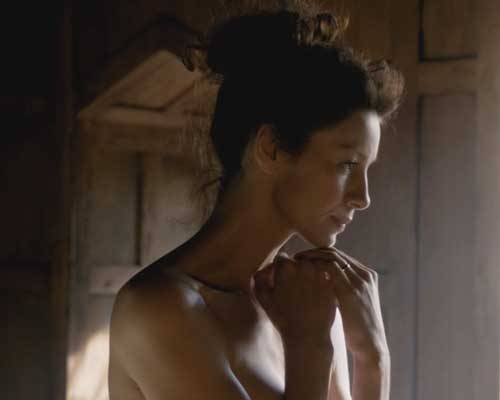
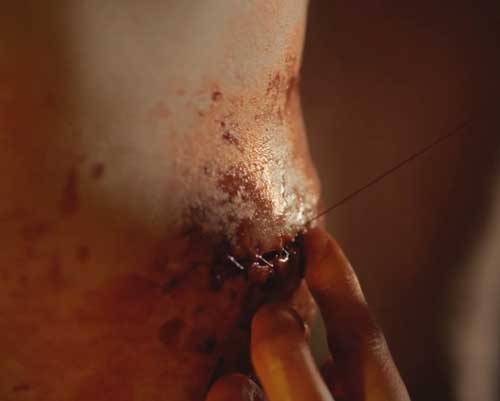
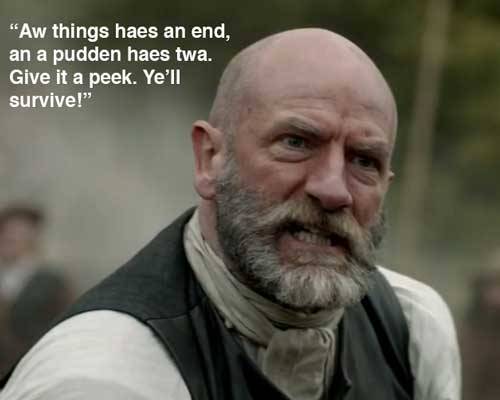
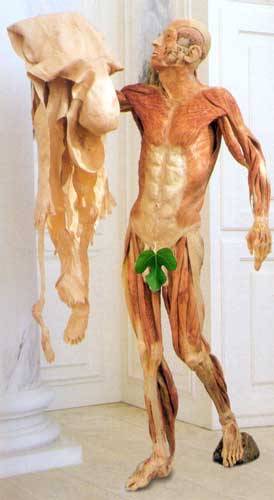 Photo A
Photo A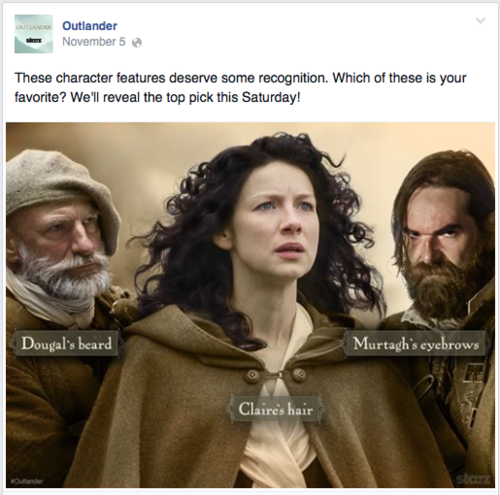
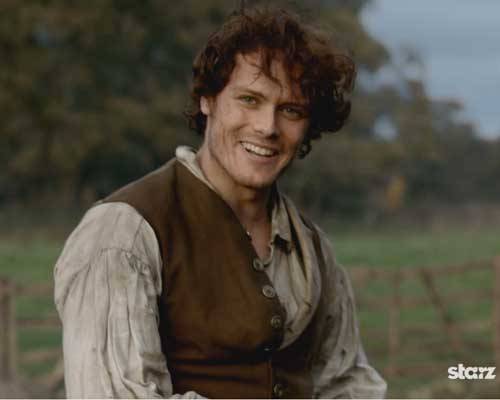
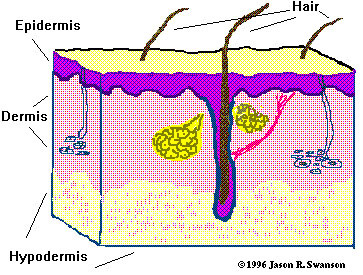 Photo B
Photo B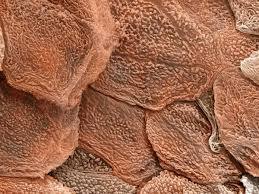 Photo C
Photo C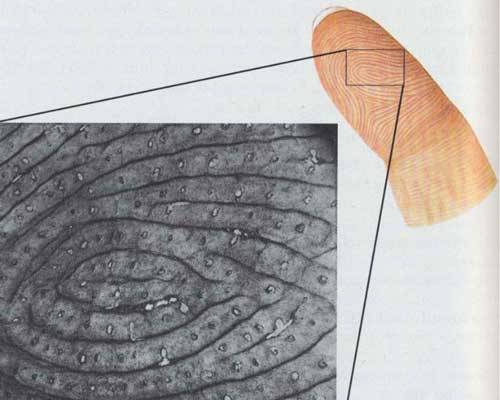
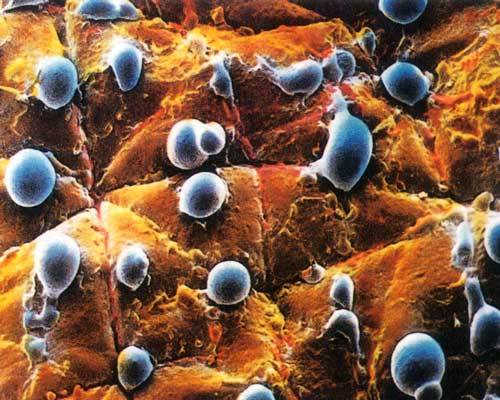
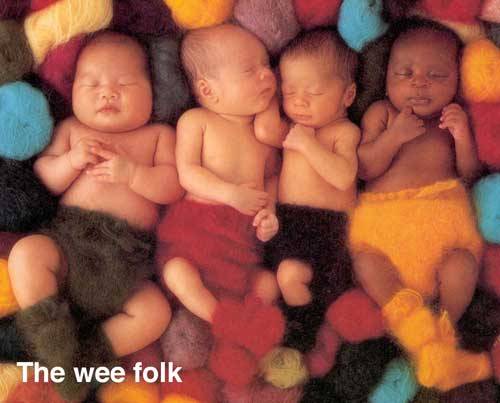

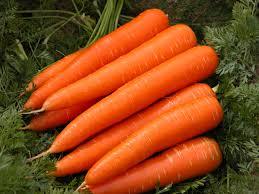 Photo G
Photo G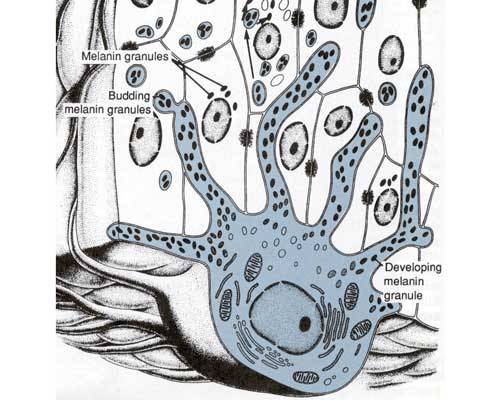 Photo H
Photo H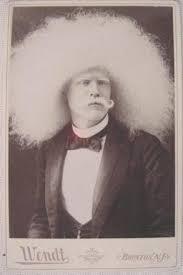 Photo I
Photo I